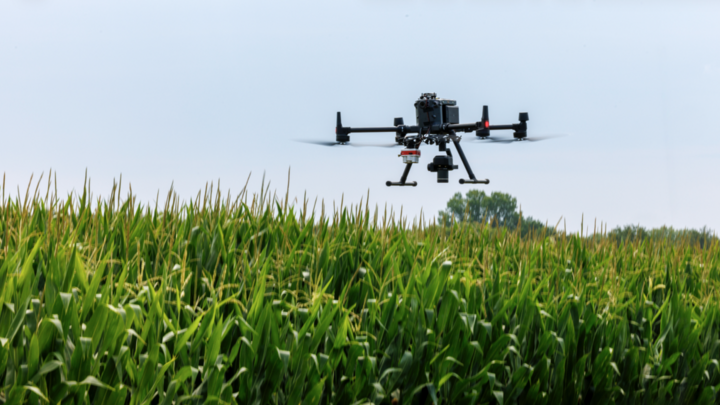
Late Season Must-Do's
By Robert Klein, Extension Western Nebraska Crops Specialist
Use this time to evaluate production practices used and plan for next year’s crop.
- Evaluate stalks and stems to determine if fields need to be harvested early to reduce losses. Identify elevators that will take high moisture corn, etc., if necessary.
- Scout for weeds. Do you need pre-harvest treatments? Check the labels of herbicides you plan to use so they do not prevent the following crop or cover crop.
- Evaluate your weed management program. Would a fall or early spring treatment benefit your program? Use the Guide to Weed, Disease, and Insect Management in Nebraska (Nebraska Extension EC130) to select the best treatment.
- Evaluate hybrids and varieties to determine which ones to plant next year. Be careful of selecting all hybrids and varieties with same genetics.
- Take advantage of early season discounts on seed. Make sure that your herbicide selection will not prevent your crop selection.
- Take soil samples, both surface and deep samples, keeping samples from the problem areas separate so they can be addressed differently, if necessary. Sample at 0 to 8 inches for top soil and 8 to 18 inches and 18 to 36 inches for sub soil. (This works well with an 18-inch tube and 36-inch probe.)
- Make notes of items which can improve your crop production program. Compare your costs to the Nebraska Crop Budgets. These budgets will usually place you in the low one-third cost per bushel or unit of crop production.
Infographic: Crop Damage Assessment >

MEET THE TEAM

This project was funded by a USDA National Institute of Food & Agriculture Smith-Lever Special Needs Grant with matching funds from the University of Nebraska–Lincoln.







